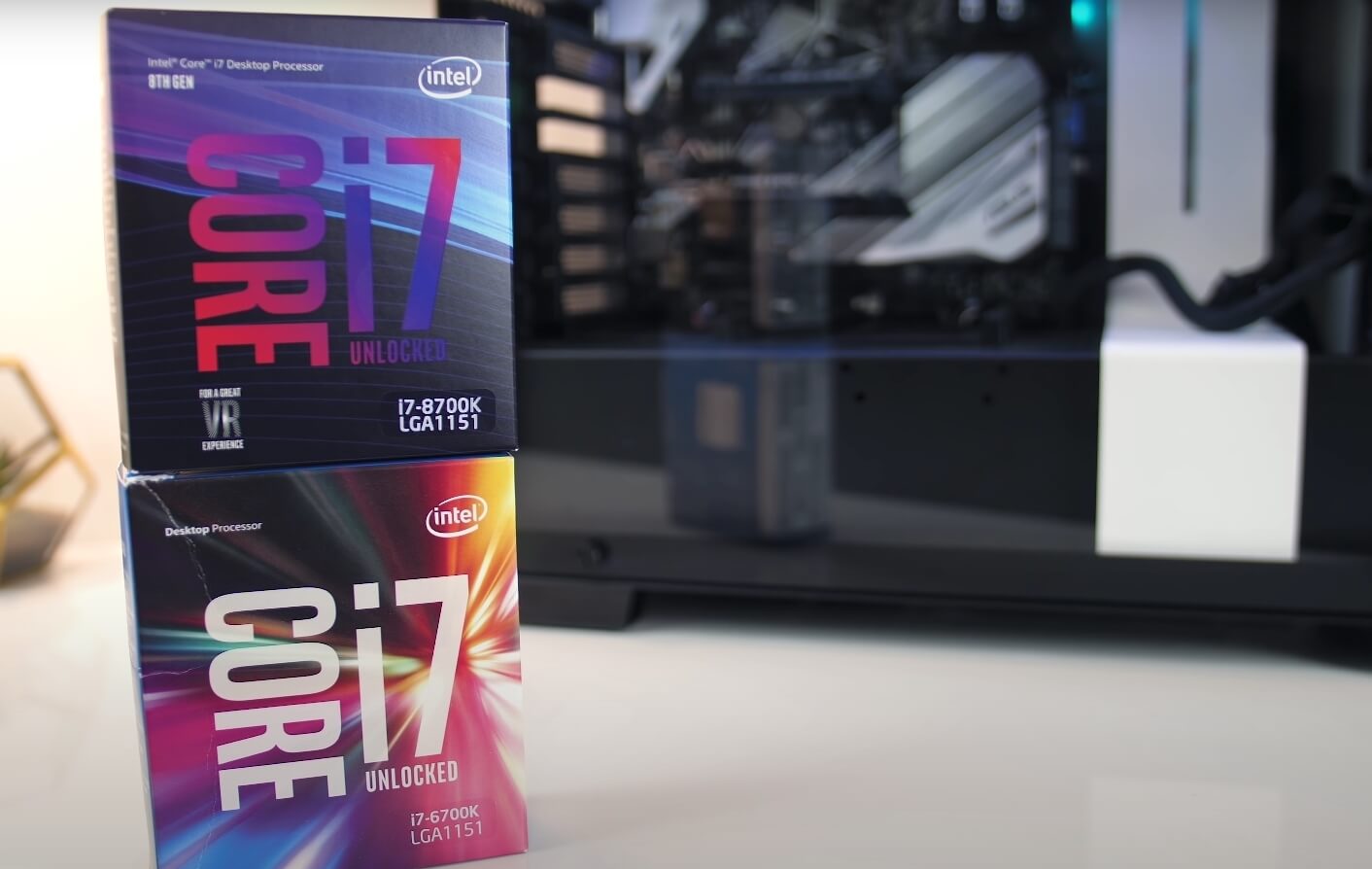

We can't tell if these specific ones will become XMG products, but other companies like Eluktronics use these sorts of laptops and you should see them available for sale soon.

The two designs we have on hand should be widely used across various OEMs. Our test platforms for today were kindly provided by XMG and their partner Uniwill. We'll be checking out the 12900HK soon, but the 12700H could be hitting that value sweet spot. The 12800H, 12900H and 12900HK that sit above it are essentially just clock speed improvements, and in previous generations simple clock speed bumps haven't been a great value proposition for buyers.
#INTEL MOBILE 4 SERIES BENCHMARK FULL#
The Core i7-12700H is the lowest chip in the stack that still provides the full complement of CPU cores found in Intel's H-series die, making it a compelling option. Like prior Intel products, the default TDP for this chip is 45W, though many laptop OEMs will have modes to enable higher long-term power limits. The P-cores are clocked at 2.3 GHz base and 4.7 GHz boost, while the E-cores get a 1.7GHz base and 3.5 GHz boost clock. The 12700H packs 6P cores and 8E cores for a total of 20 processor threads, along with 24MB of 元 cache and a 96 execution unit GPU. We expect the Core i7-12700H that we're reviewing today to become the most widely used chip in Intel's line-up, like the Core i7-11800H and Core i7-10750H before it, slotting right into a huge range of mid and upper-mid range gaming and productivity systems. Intel claims these new processors should be the fastest ever seen for mobile computing and we'll be exploring that later in our benchmarks. The Alder Lake H-series targets high performance laptops, while also bringing a range of new platform advantages, including DDR5 support, a beefier Xe integrated GPU and other connectivity improvements. This is our first look at 12th-gen Core mobile processors, starting with the Core i7-12700H.Īs we've discussed at length in our desktop Alder Lake reviews, this hybrid approach has been reasonably effective on desktop machines, but the dual architecture approach should really come alive in constrained form factors like laptops, where power consumption and efficiency are key. Alder Lake is Intel's first serious step into the world of hybrid architectures, combining a new high-performance CPU architecture (P-Cores), with smaller efficient cores also known as E-cores, for better performance and enhanced performance per watt.


 0 kommentar(er)
0 kommentar(er)
